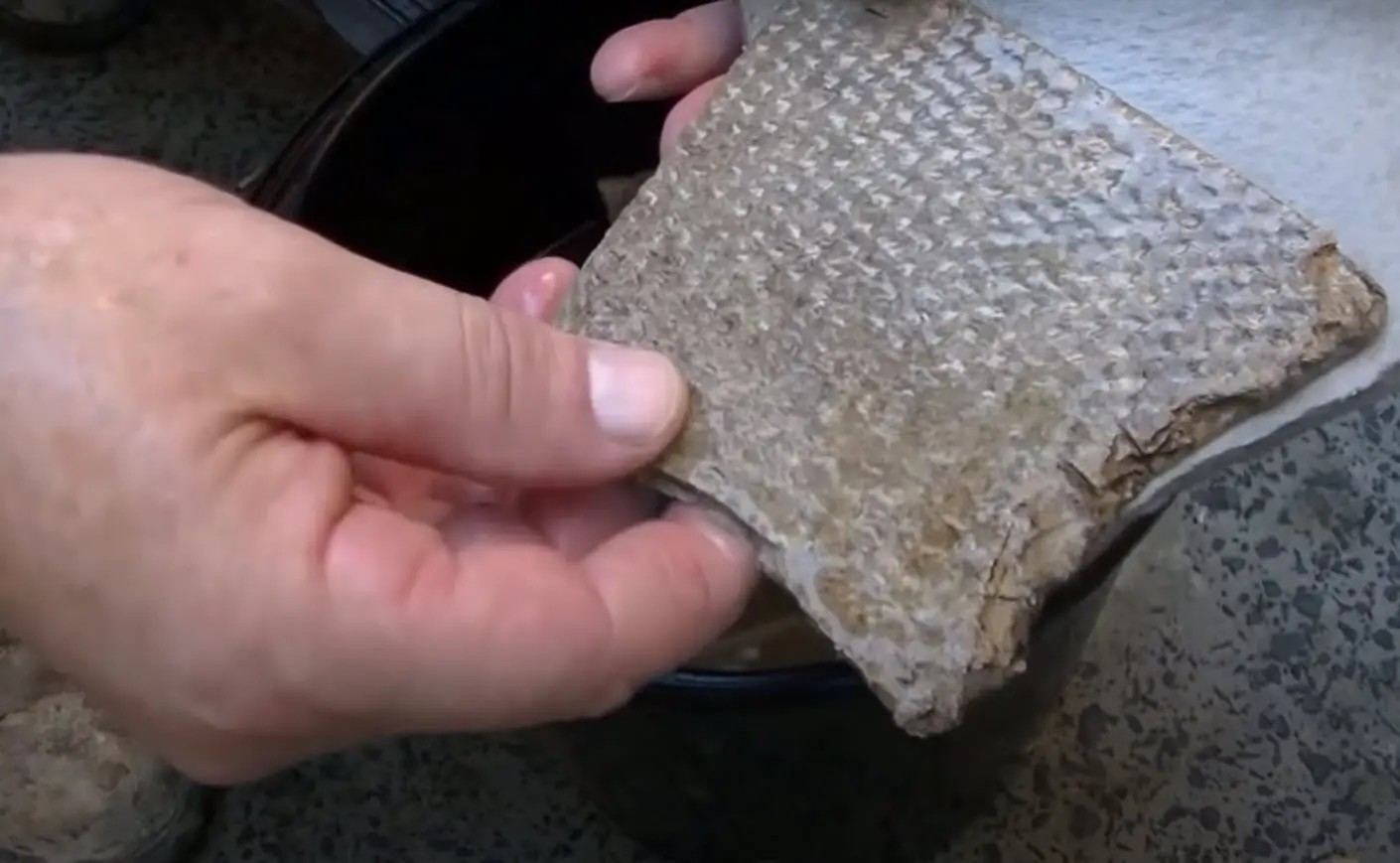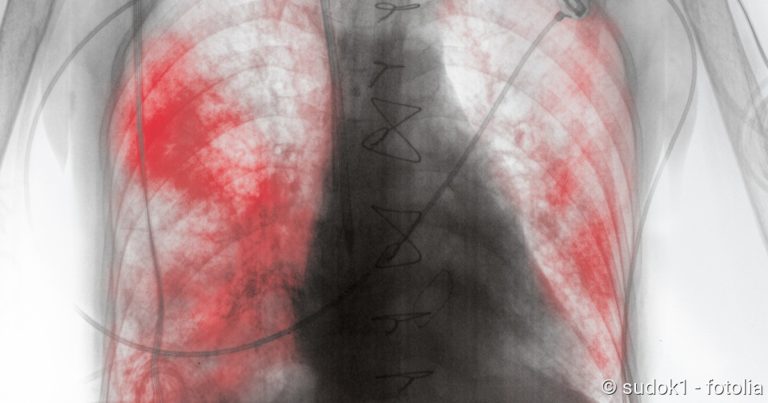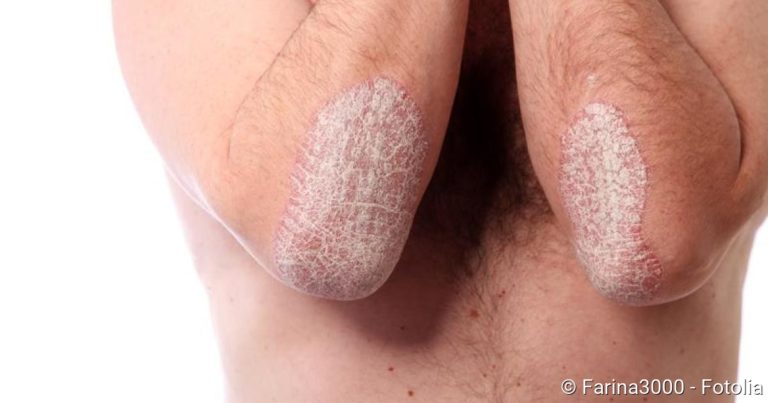How To Identify Asbestos In Plaster
Detection Procedures of the Harmful Presence of Asbestos in Plaster
The following steps are a recommended practice to identify asbestos in plaster (Source) and to execute its removal (Source) thereafter in a safe way (Source).
- Check the date of the building erection and renovations.
- Find if walls are fire-rated
- Know about the brands of plaster used as some utilized asbestos in plaster
- Check the condition of walls and search for cracks or damps
- Hire an inspector to see the walls
- Extraction of the sample: do not do it yourself
- Send the samples to the laboratory
- Cleaning up the entire space after the extraction of the sample
- Testing of the sample in the laboratory
- Safe elimination of asbestos in plaster by a specialist
Asbestos is the term used for six silicate minerals that are available freely in nature. These six silicates are available in six distinct colors; though blue asbestos, white asbestos, green asbestos, and brown asbestos are the most utilized ones. All types of asbestos are fibrous crystals that are thin and long, with enormous strength. Hence, asbestos had been a popular selection as construction raw material in all old buildings; particularly the white asbestos or chrysotile.
Asbestos was mainly used for making the buildings stronger and long-lasting, as well as highly resistant to fire and heat.
Uses of asbestos in plaster
Many old residential and commercial buildings were made with asbestos; mainly the decorative ceilings of these buildings still contain asbestos along with white plaster. The plaster functionally resembles the mortar quite a lot, as it is mainly applied in the erection of buildings, mending the broken limbs in medical practice, and also for making models of different things, including the sculptural arts.
Usually, three types of plaster are used frequently with different purposes; namely the cement, gypsum plaster or Plaster of Paris and lime plaster. Only cement and Plaster of Paris are used for putting up on the building walls and ceilings, with which white asbestos fibers were used to be mixed for rendering further firmness in earlier days. However, lime plaster is more used for creating artistic sculptures, rather than in building constructions, so you would not find some of this type of asbestos in plaster.
Effective Steps For The Identification Of Asbestos In Plaster
Check the date of the building erection and renovations
When a person buys an old building for use as his new home or office, he should be aware of the actual date of construction of that building. It is generally seen that the buildings constructed during the period of the 1940s to 1990s contain fair amounts of asbestos among the plasters used on the walls and ceilings. However, the buildings made or renovated after that era are more likely to be void of the asbestos within the cement or asbestos in plaster, as the utilization of asbestos was officially stopped from 2000 in the United States, but much earlier in the European Union. Hence, the knowledge about the accurate construction date can give a solid idea regarding the existence of asbestos in the building.
Find if walls are fire-rated
Though asbestos in plaster may be present in most of the old buildings, the walls that were declared as fire-rated are sure to contain unhealthy amounts of asbestos. Asbestos was mainly used for making the building walls fireproof, due to the fire resistance power of this material. Hence, the walls of the old commercial or public buildings are more likely to contain asbestos, as these were mostly found to be fire-rated and thus may be unsafe for the health of the people working there.
Know about the brands of plaster
Some older brands of plaster are known to contain approximately 1% of asbestos in plaster, which is now recognized as injurious for human health. Most of these brands manufactured and sold plaster during the period of the 1940s to 1970s; among which Keene, United States Gypsum, National Gypsum, and W.R. Grace are the most renowned names.
However, it is impossible to know about the brand of plaster that was used during a building creation or renovation, unless some written records were maintained at that time. Otherwise, a sample of the wall plaster may be sent to the local laboratory for a test, so that some ideas can be obtained about the brand of the plaster used there.
Check the condition of walls
The asbestos within the plaster comes in contact with the humans, only if the plaster is coming off at different places of the old walls, thus freeing the asbestos fibers stuck within the plaster.
The cracks or damps on the walls may also result in the release of the asbestos fibers from the affected plaster.
When the asbestos is easily releasable from the walls, it is termed as friable asbestos and needs to be addressed immediately. If any asbestos contained in a wall or ceiling is still in an intact condition, it is best not to affect it immediately and leave it till it shows any sign of damage.
Actually, large amounts of asbestos fibers are sure to be released during the scraping, sawing, and sanding of the wall plasters that impose serious threats to the health of everyone present in or near that room during the repairing works.
Hire an inspector to see the walls
If it cannot be ascertained by the new owner by any other means, it is wise for him to seek professional help for being sure about the presence of asbestos at his new home or office. He needs to find out a local inspector, who should be trained and certified by the government for holding the capability of conducting such professional inspections.
He should check the validity of the relevant documents before hiring the service of an independent inspector, for getting the status of the building checked in a safe and expert way.
Extraction of the sample: do not do it yourself
When the wall or ceiling of an old building shows signs of some damage, it is better to send a sample of the wall to the laboratory for testing about the presence of asbestos. However, it is a highly risky process and it is best to hire a professional for this purpose. If the house owner needs to do the job himself, he should be sure about taking adequate precautions to avoid direct inhaling of asbestos.
All the electrical units of that area should be switched off and the windows are closed. He should wear all the protective gear to prevent inhalation of asbestos, including a tightly-fitted respiratory mask, disposable gloves, safety glasses to protect the eyes, and disposable overall to cover the whole body, similar to those used during the coronavirus pandemic in 2020.
Send the samples to the laboratory
First of all, the area of the concerned wall or ceiling should be damped by spraying some water on it. Some detergent powder or solution may be added into that space as well, to make it easier to cut a sample piece off the wall. Then a small part of the wall plaster is carefully cut off from the wall with a sharp tool. This sample should be immediately transferred to a clean and strong plastic packet that is then tightly sealed and remains in an airtight condition until it reaches the laboratory. The date of extraction and the location should be mentioned on a label attached to this packet.
Cleaning up the entire space
When the sample is carefully sealed up in a plastic packet, the wide gap created on the wall should be covered with a broad duct tape.
This tape should be cut accordingly to cover the edges of this gap entirely so that no asbestos fiber can come out from that open space.
Then the whole room should be vacuumed carefully to clear all traces of the broken wall pieces and remove the asbestos fibers.
However, it is better not to use the vacuum cleaner that is used daily at that home, to avoid the spread of minute asbestos fibers. The floor may also be mopped up with a damp cloth that can be disposed of.
All the debris of the broken wall, used gloves and overalls should be discarded immediately, by packing them tightly in a large polythene bag and then disposed in a garbage collection area, where asbestos disposal is allowed. The person handling the total operation should wash his hands and face repeatedly with soap and water, to be free from asbestos fibers.
Testing of the sample in the laboratory
A reliable local laboratory should be identified for sending the plaster samples (it will be more than one and there is a sampling procedure already for this operation), where the authentic result will be guaranteed.
The price quoted for this sample plaster test should be asked beforehand and compared with the similar laboratories of the region. The laboratory should be asked about the required sizes of the samples and the number of samples they need for accurate results regarding the existence of asbestos.
However, the number of samples usually depends on the thickness of the plaster applied over the walls and the number of layers of plaster found there. However, 3 – 7 samples are generally taken out from the walls of the common old buildings, because of multiple layers of plasters that might be laid on the walls at different times.

Safe elimination of asbestos in plaster
If it is detected in the laboratory test that the samples contain asbestos fibers even in 1%, then the building owner should decide about the next step to be taken for safety against the asbestos infection.
He should find and hire a reputed local building contractor for addressing this problem of asbestos existence on the walls of his home or office.
However, it is imperative that this contractor has prior experience in dealing with such asbestos removal operations, so that he will know about the precautionary measures to be taken during the whole process. Also, the chosen contractor should have due permission or license from the local government authority for handling such tasks.
When the operation of asbestos removal is carried out, the owner should ensure to keep all the residents of his home or workers of his office far away from the place, to save them from the possibility of asbestos infection.
The contractor should maintain all the precautionary measures to keep the surrounding environment free from asbestos pollution, as the light asbestos fibers are easily carried away by air for infecting the other people of the locality.
Thus, the awareness about the dangers of asbestos should be spread among the common people, as lots of the owners of old houses are still unaware of the danger that they are facing by inhaling asbestos fibers unknowingly.
Apart from the plaster, the asbestos may also be present in some other building substances, like the asbestos drainpipes or asbestos tiles used on the roofs of old buildings. Hence, all these building structures need to be renovated too, for removing all traces of asbestos from the buildings.
Adverse effects of asbestos on human health
But now scientists have discovered that the fibers of asbestos can induce deadly impact on human health. The plaster of very old walls may often break or collapse, releasing large amounts of asbestos fibers into the air of the room. It is found that the inhalation of asbestos fibers can cause some fatal illnesses, like lung cancer, asbestosis, and mesothelioma.
- Lung cancer or lung carcinoma occurs due to the formation of a dangerous tumor inside the lung walls, which is usually a result of the abnormal growth of the cells of lung tissues.
- Asbestosis occurs due to the prolonged inhalation of asbestos fibers, when the lung walls are heavily injured by these harmful fibers, resulting in inflammation, breathing problem, cough, and chest pain.
- Mesothelioma is a deadly type of cancer that infects the walls of the lungs, chest cavity and even the lining walls of the abdomen, mainly due to the entry of large amounts of asbestos fibers into the body. Any of these diseases can claim the lives of the affected people, who have inhaled asbestos fibers for a long time.
Protect from the dangerous effects of asbestos in plaster
Hence, now the owners of these buildings are advised to eliminate all traces of asbestos from the ceilings or walls of their houses or offices, to save all the occupants from the ill effects of this fibrous material. Often the asbestos fibers present in the ceilings and walls of old buildings come off, due to the worn-out or scratched plaster, which may have been damaged with the passing time. These fibers can easily become the cause of illnesses of the people living there.
Sometimes, the new owners of the old buildings may not be aware of the presence of harmful asbestos within the plaster of the walls. So it is best to adopt a few useful procedures for checking the existence of asbestos fibers in the buildings so that the concerned walls and ceilings can be renovated accordingly.





